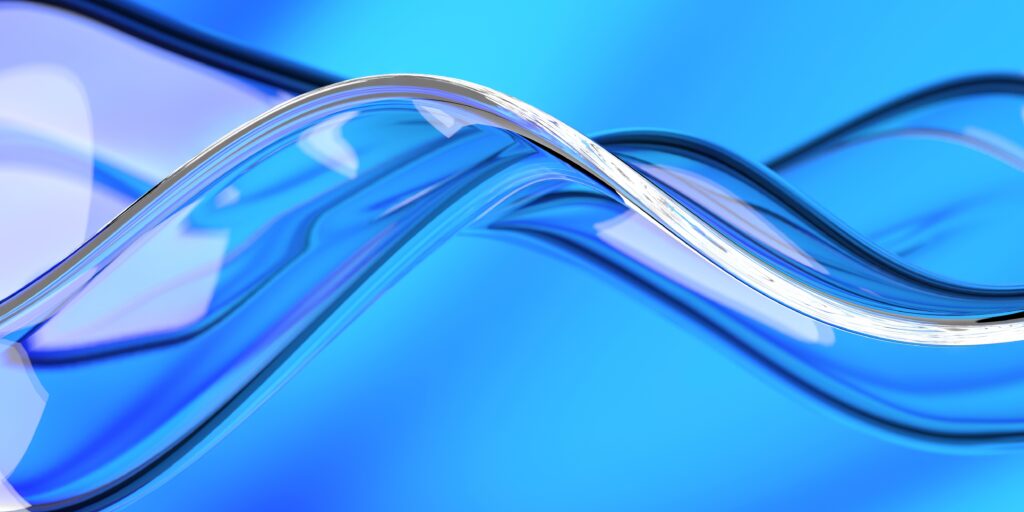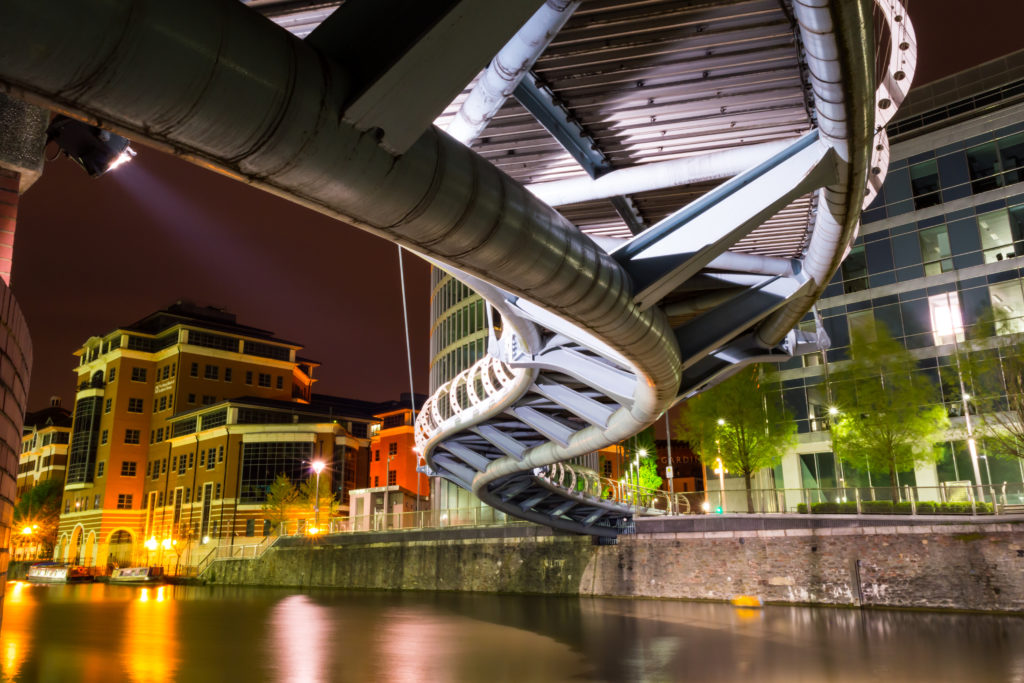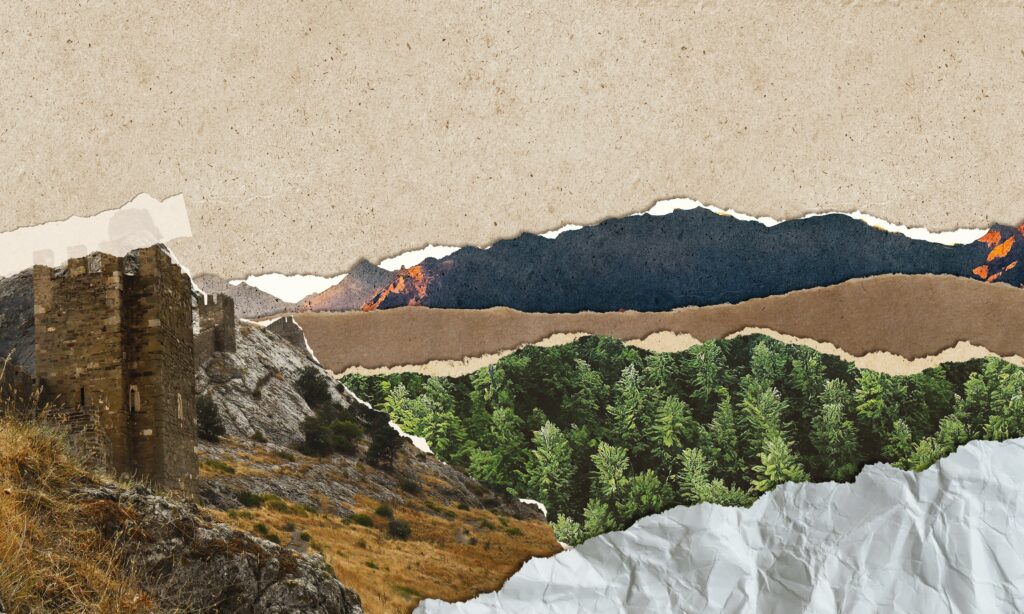How could quantum computing help design fuel efficient products?
The accurate prediction of aerodynamic flows is of paramount importance for designing quieter and more fuel efficient aircraft. The central challenge lies in the effective solution of partial differential equations governing the flow of air (e.g. Navier-Stokes or Lattice Boltzmann) through the utilisation of state-of-the-art, High-Performance Computing. These equations govern complex multi-scale phenomena, often entailing many millions of degrees of freedom. Precise predictions reduce the need for very expensive physical testing and prototyping, and allows engineers to explore many design options more effectively within tight timeframes. Therefore, Airbus actively seeks innovative solutions in computational fluid dynamics (CFD) to streamline processes and improve simulation accuracy.
In order to extend the capabilities of CFD beyond the barriers set by classical HPC , Airbus is exploring quantum-based approaches for CFD. Discovering a quantum advantage could potentially revolutionise modelling capabilities. Ensuring reliable simulations in demanding conditions involves resolving various scales, a task beyond traditional computing. Airbus eagerly anticipates the transformative potential of quantum computing in enhancing CFD scalability. This quantum leap could lead to enormous improvements, potentially revolutionising aerospace design and certification procedures.
As a first step towards this full nonlinear capability, Airbus’ question was how to estimate the quantum computing resources needed to calculate the growth of linear instabilities in a boundary layer (leading to the onset of turbulence on an aircraft), realising that these calculations will not be feasible on a quantum computer until fault-tolerant technology becomes available.
CFD, uses applied mathematics, physics and computational software to help design aerodynamically efficient aircraft. CFD modelling is a computer-based method of accurately predicting the flow of fluids such as gases and liquids in motion; for an aircraft engineer, it’s vitally important to know precisely how air will pass over and interact with every part of an aeroplane. Creating high quality modelling with computational fluid dynamics requires substantial time, computational power and expense.

















































